State Digital Equity Officials Say Internet Programs Serve Everyone
States are working to coordinate digital equity initiatives with the larger $42.5 billion BEAD infrastructure program.
Broadband Breakfast
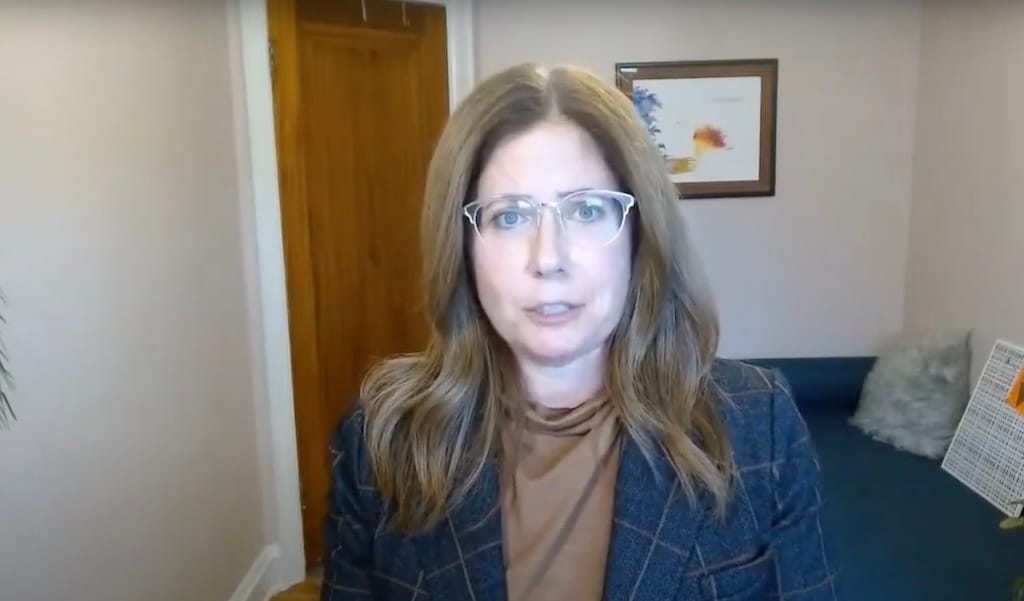
WASHINGTON, Dec. 5, 2024 - The future of federal digital equity programs could face challenges under an upcoming Donald Trump administration, though state officials say they're pushing ahead with implementing current initiatives.
During a Broadband Breakfast Live Online event on November 27, experts discussed the status of digital equity programs funded through the 2021 Infrastructure Investment and Jobs Act. The law included the $2.75 billion Digital Equity Act, which created both a Capacity Grant program for states and a Competitive Grant program for organizations working to close the digital divide.
Angela Siefer, executive director of the National Digital Inclusion Alliance, pushed back against recent criticism from Sen. Ted Cruz, R-Texas, who called for pausing the $1.25 billion Digital Equity Competitive Grant program over concerns about "impermissible race-based discrimination."
 Broadband BreakfastAngela Siefer
Broadband BreakfastAngela Siefer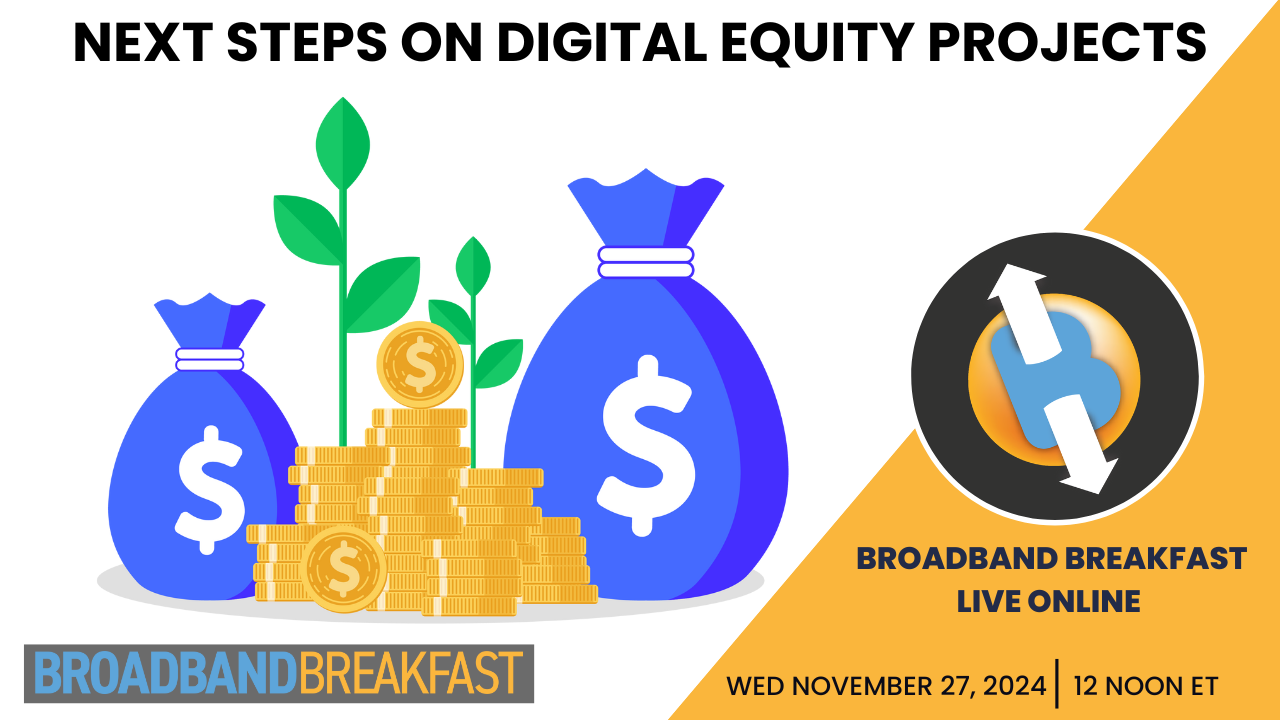
"The reality is that digital inclusion programs serve everyone," Siefer said. "If one looks at the populations they're serving, they're serving individuals who are in more than one covered population."
State officials described their ongoing work implementing Digital Equity Capacity Grants, which provide formula-based funding to states to execute their digital equity plans.
"Given the size and scale and the level of need in the state, we've got 33 million residents that identify as one of the members of the covered population," said Scott Adams, deputy director of broadband and digital literacy at California's Department of Technology. California received $70.2 million in first-round capacity grant funding.
In Alaska, which faces unique geographic challenges, officials are taking a regional approach with their $5.6 million grant.
"We haven't set a floor or a ceiling on what those applications can be,” said Lisa Von Bargen, deputy director of the Alaska Broadband Office. “We're really trying to leave it as open as possible and give people the opportunity to apply for grants for programs that will fit their regional or community level that serves one of the eight covered populations.”
Affordability remains a major barrier to broadband adoption. "Affordability is a problem - 100%. It is the top reason people don't subscribe to broadband," Siefer noted.
The Idaho Commission for Libraries, which manages digital equity efforts for the state, is focusing on device access through its Capacity Grant program.
"We've got a couple other subgrant programs... one called Connecting Communities and the other called Tech Refresh that are going to provide competitive device programs," said Dylan Baker, Idaho's deputy state librarian. “We’re trying to take a multitude of approaches here.”
Despite political uncertainties, state officials emphasized they're continuing to implement their digital equity plans while encouraging sustainable funding models that include public-private partnerships and philanthropic support.
"Regardless of what happens... we're still mission oriented and doing the work that we planned for over the last two years and looking forward to continuing to implement over the next five," said Adams.
The discussion came as states work to coordinate digital equity initiatives with the larger $42.5 billion Broadband Equity, Access and Deployment program aimed at expanding high-speed internet infrastructure nationwide.

November 27, 2024 - Next Steps on Digital Equity Projects
The Commerce Department's National Telecommunications and Information Administration has approved digital equity plans for several states as part of its broader Digital Equity Act initiative. And the Digital Equity Competitive Grant program, another part of the initiative, closed in late September. What is the next step for these applications? How will funding for digital equity be allocated and managed? And how will these efforts align with other funding programs aimed at bridging the digital divide?
Panelists
- Angela Siefer, Executive Director, National Digital Inclusion Alliance
- Dylan Baker, Deputy State Librarian, Idaho Commission for Libraries
- Lisa Von Bargen, Deputy Director of Broadband, Alaska Broadband Office
- Scott Adams, Deputy Director of Broadband and Digital Literacy, California Department of Technology
- Drew Clark (moderator), CEO and Publisher, Broadband Breakfast



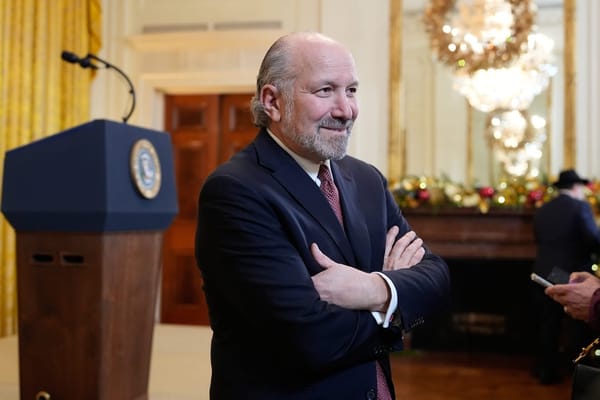

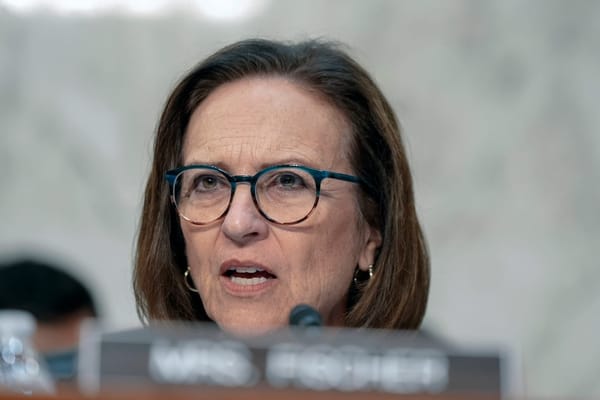
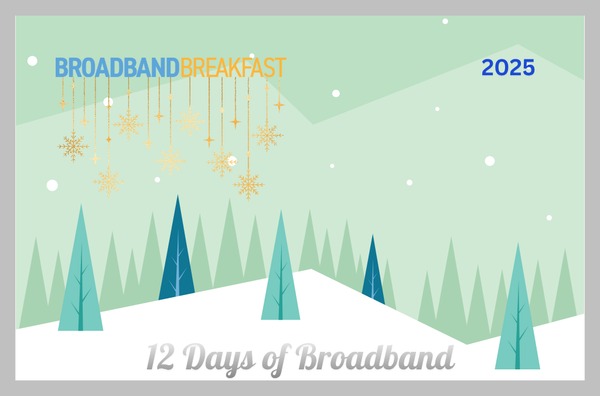

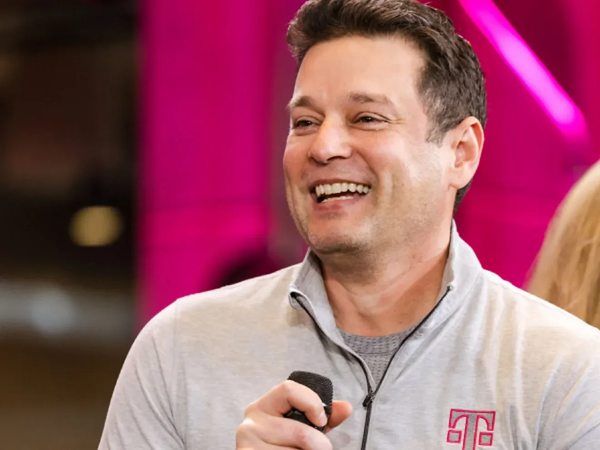
Member discussion